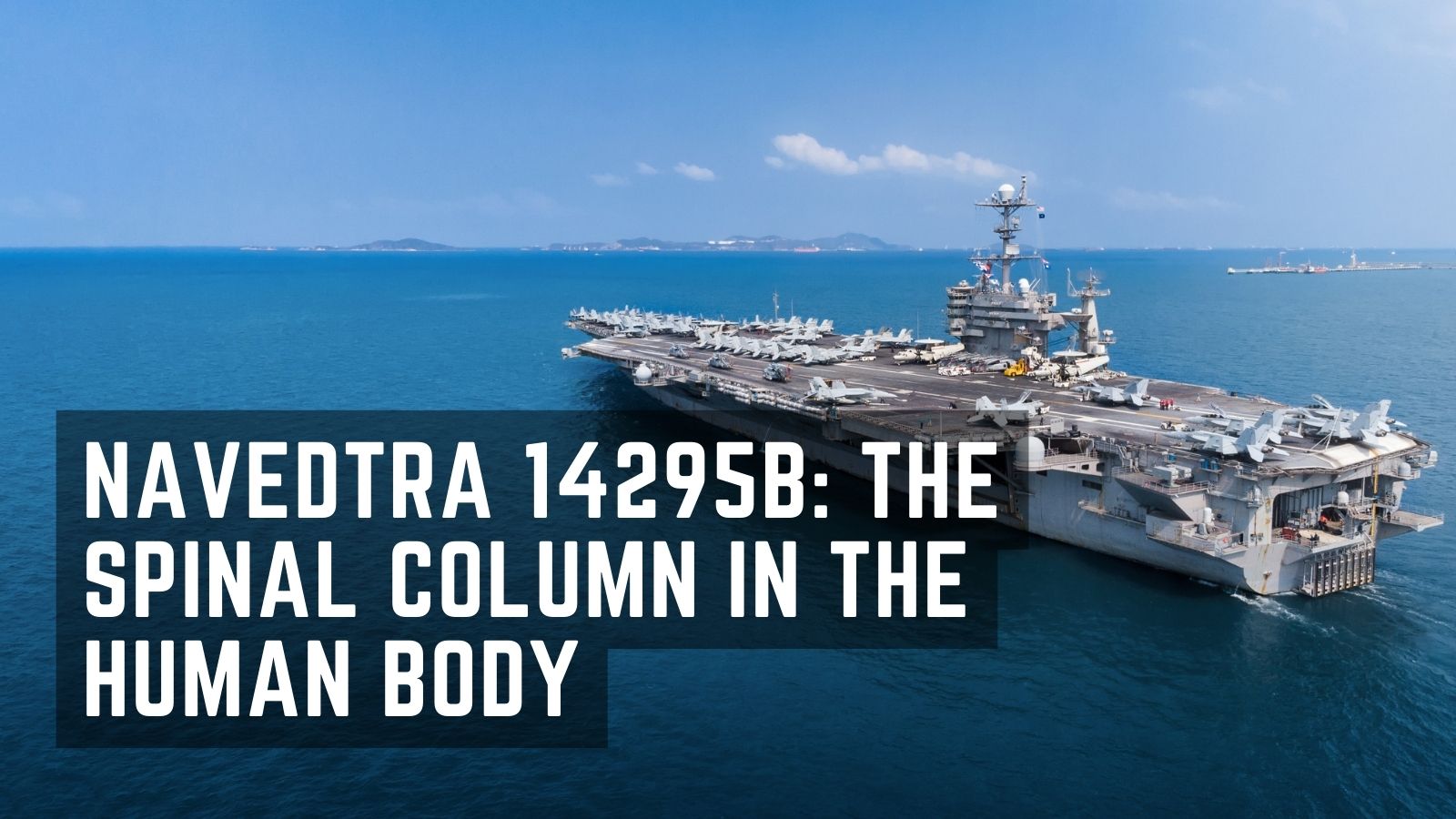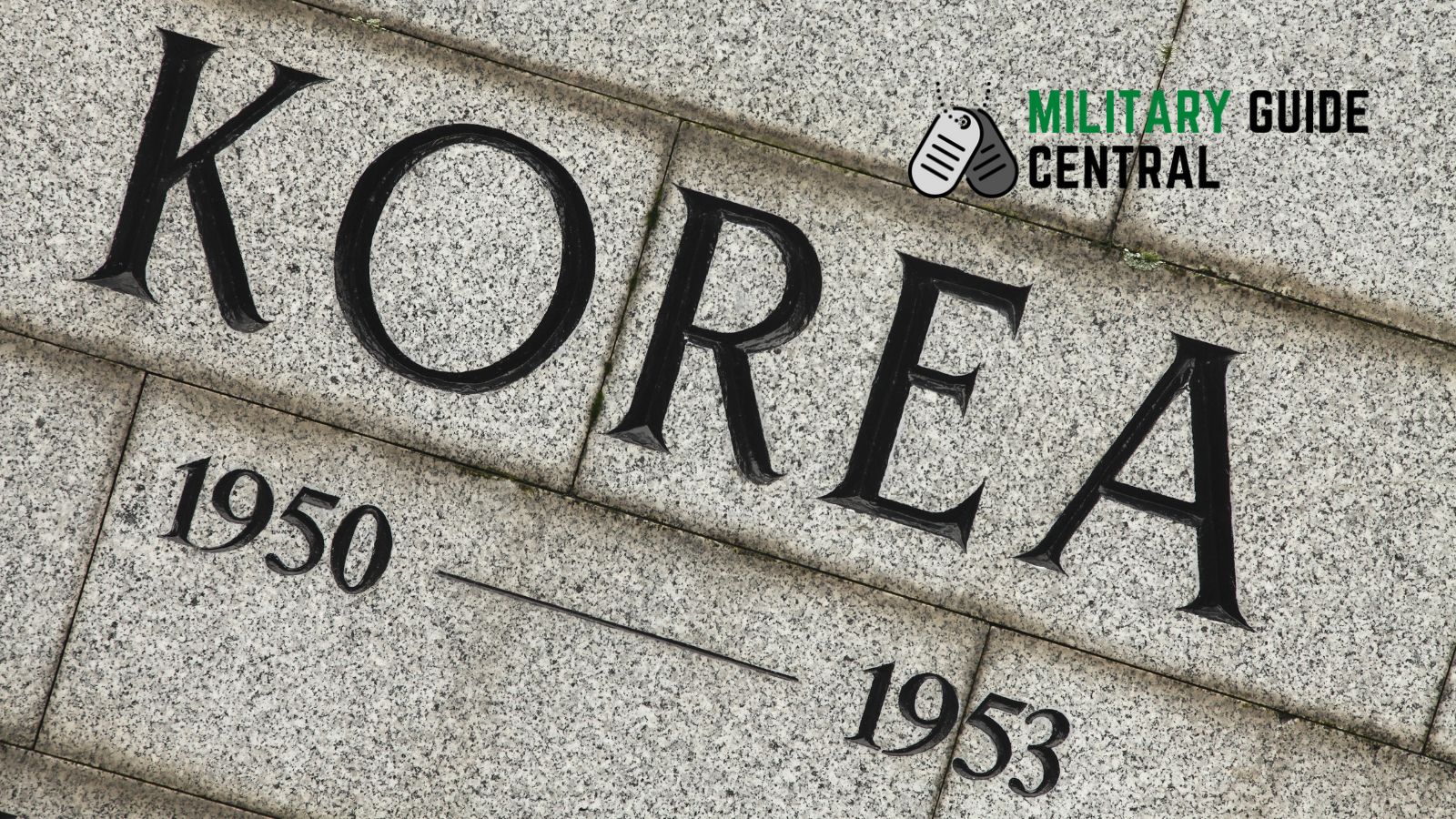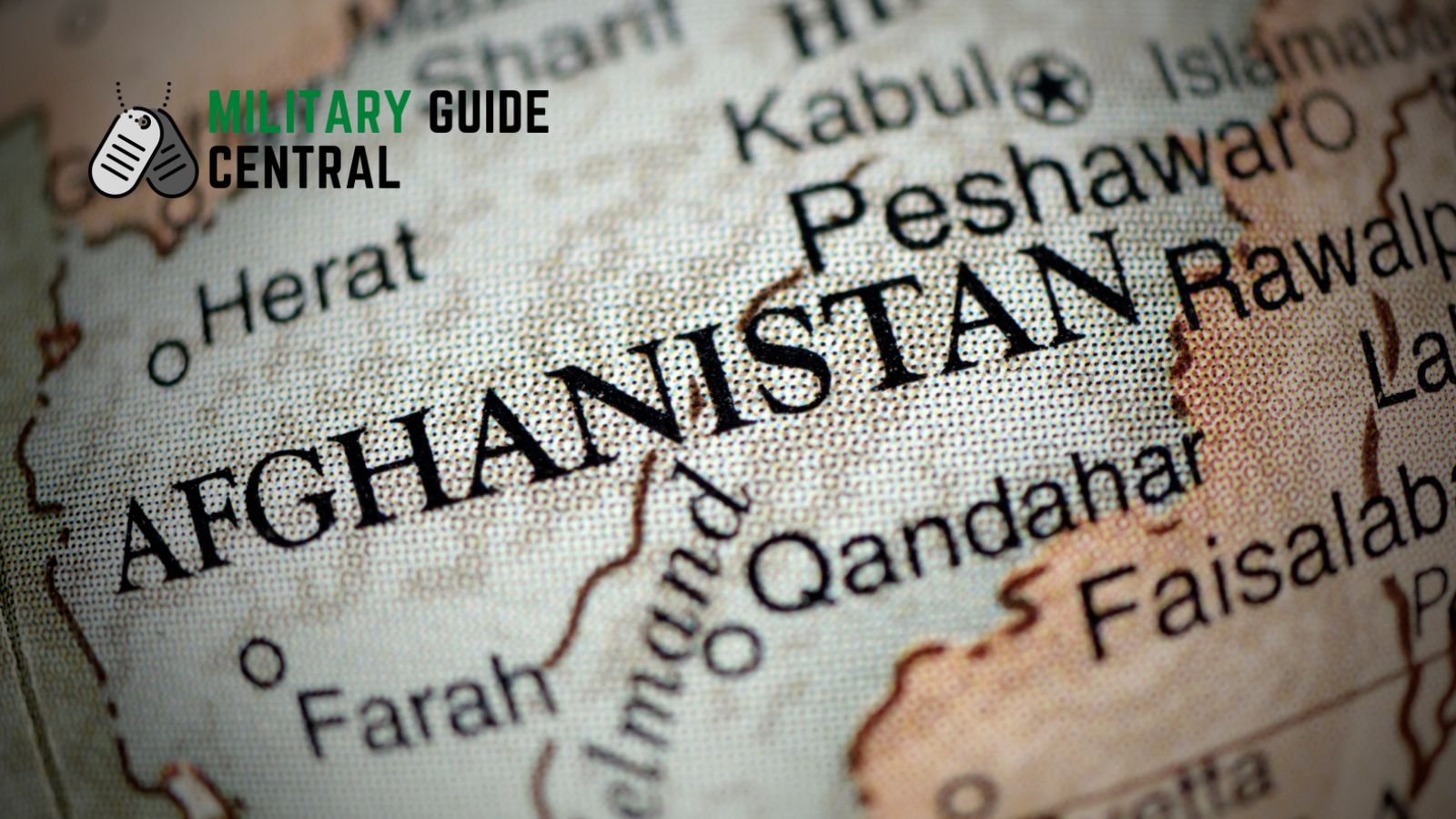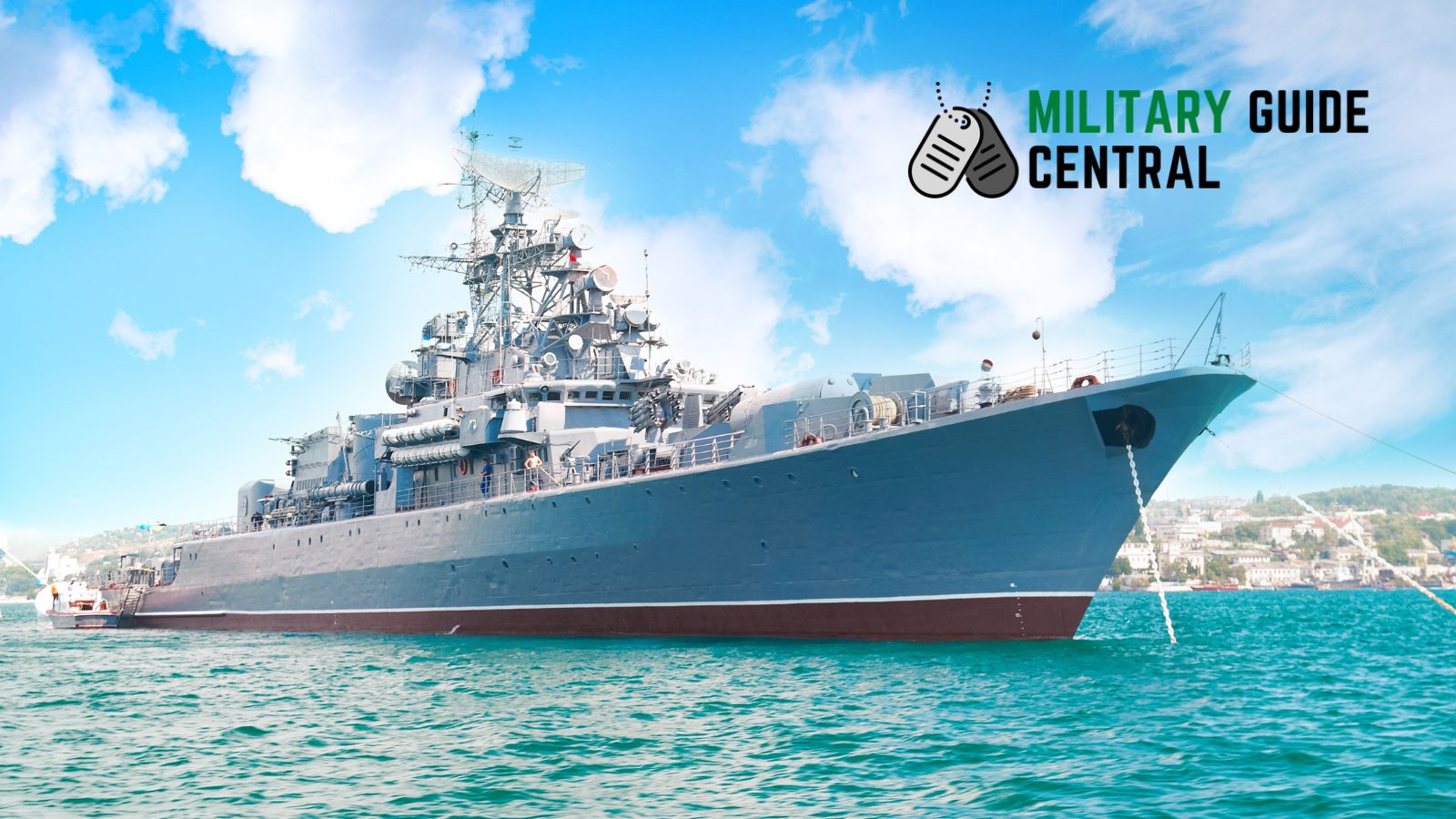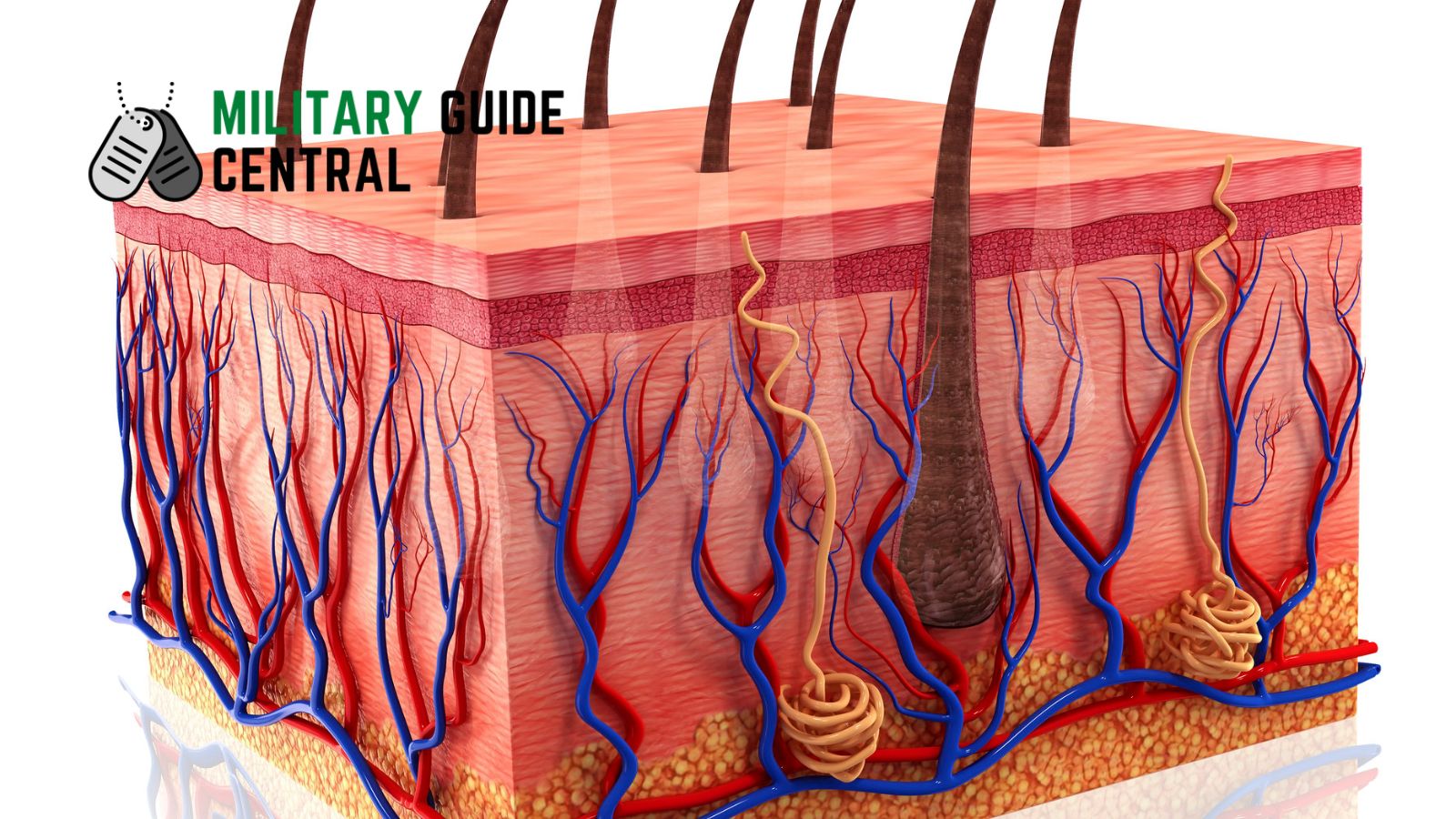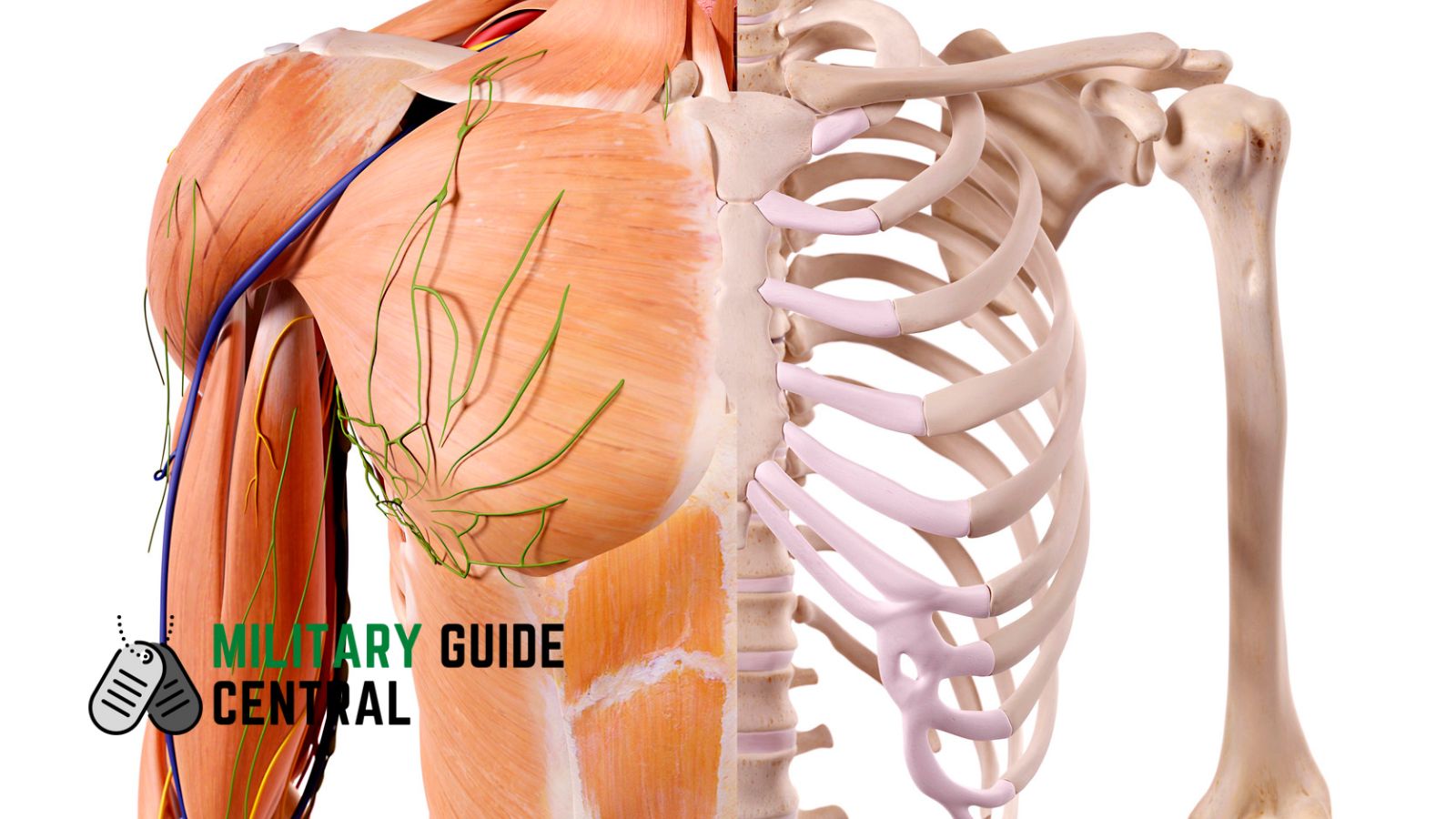The Importance of the Spinal Column in the Human Body
The spinal column, also known as the “vertebral column,” is one of the most important structures in the human body. It is composed of 24 movable vertebrae, the sacrum, and the coccyx, or tailbone. The primary function of the vertebral column is to protect the spinal cord and the nerves that branch out from it. … Read more

